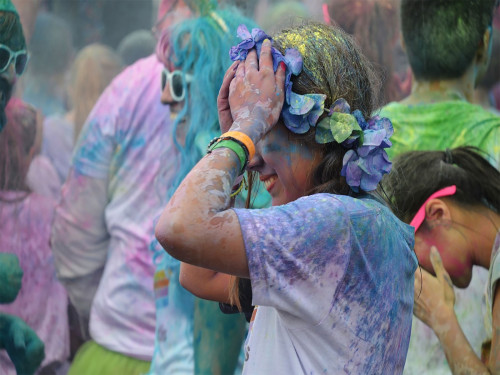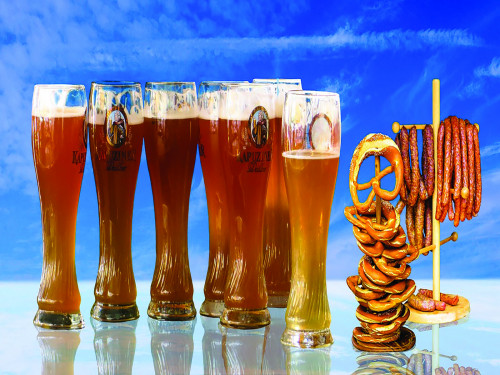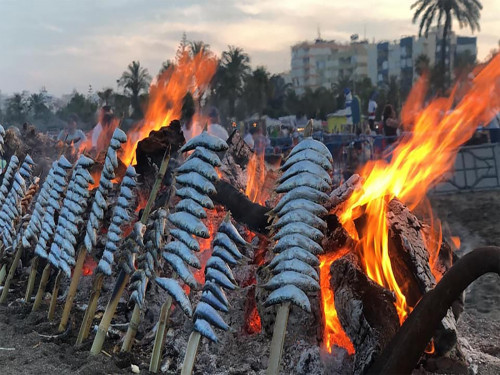Halloween In Spain
Over the past 20 years or so, Andalucia's children have enthusiastically adopted the traditions of Halloween. Likewise, retailers have seen the benefit to themselves of offering costumes, decorations and sweets for sale throughout October. For weeks, the Chinese bazaars have been packed with costumes and accessories and in the last couple of weeks of October you can pick up a pumpkin along with a bag or tub of Halloween themed sweets in just about any supermarket.
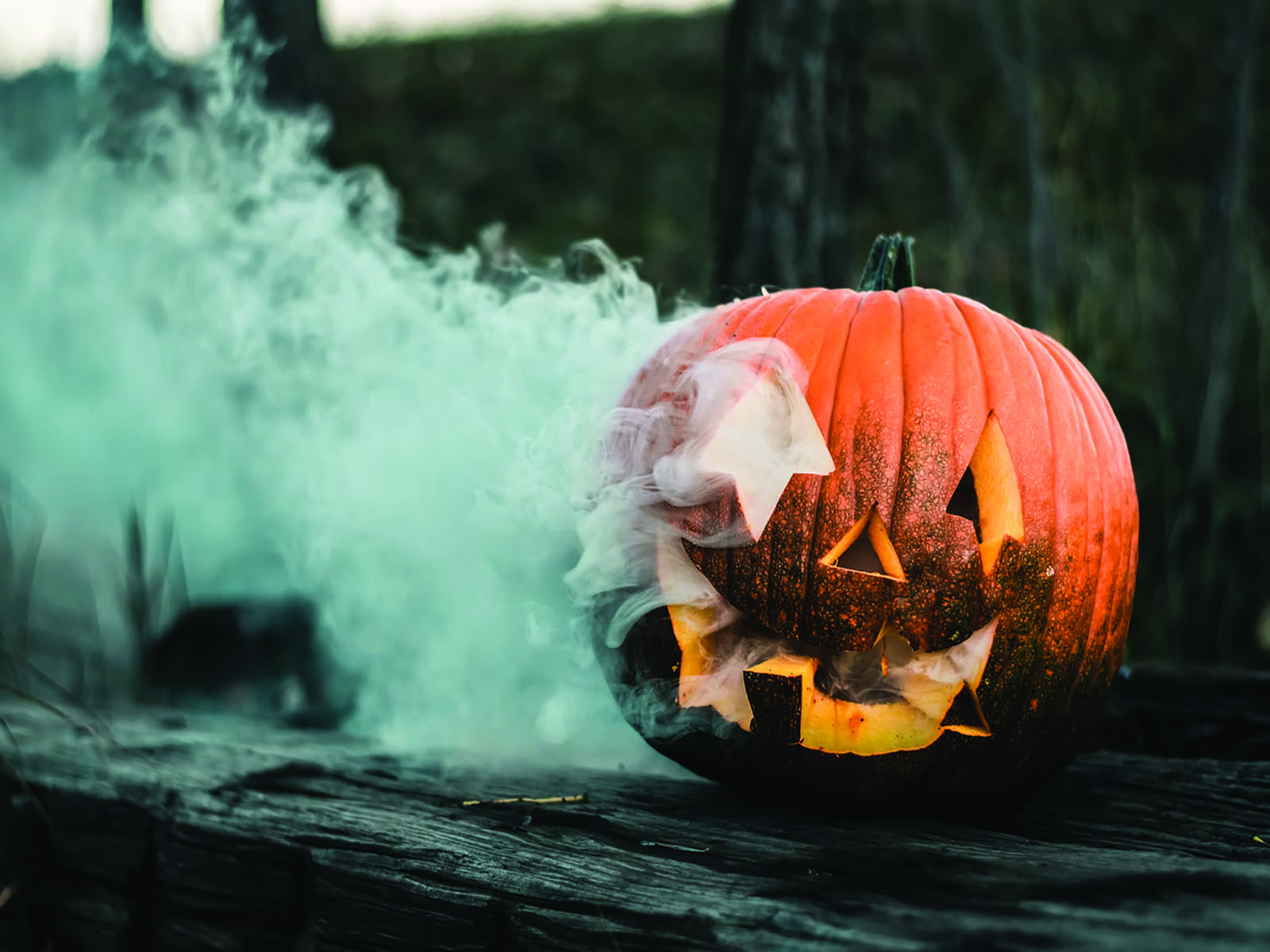 Have fun carving your pumpkin design
Have fun carving your pumpkin design
Halloween undoubtedly comes from outside Spain. Apparently the tradition began in Ireland and is particularly popular in the USA. For a nation of party lovers who welcome any opportunity to dress up, this suits the Spanish perfectly! While the egg throwing and other more unpleasant tricks we see on TV and in films have thankfully not caught on to any extent over here, the door-knocking and sweet collecting certainly have, and for most it is an evening of scary costumes and visiting neighbours’ for treats.
Some villages join in with gusto, with almost all the neighbours standing by their front gates with baskets of goodies as an organised group passes by. Elsewhere a decorated doorway draped with spiders' webs along with some spooky decorations, flashing lights, skulls and luminous spiders glowing in the half light is seen as an invitation to ring the bell and hold out your plastic pumpkin or goodie bag.
For many kids, Halloween is an all day event, as it is also a dressing up day at school. Church schools may have held out against allowing this ghoulish date to be celebrated on their premises, but the majority of schools have made it something for teachers and students alike to participate in. They dress up as skeletons, witches, wizards and all manner of other characters. The morning of 31st October when it falls on a weekday, very little studying goes on as parents hang around to photograph their children with their friends, if they can recognise them behind spooky masks and through the face paint!
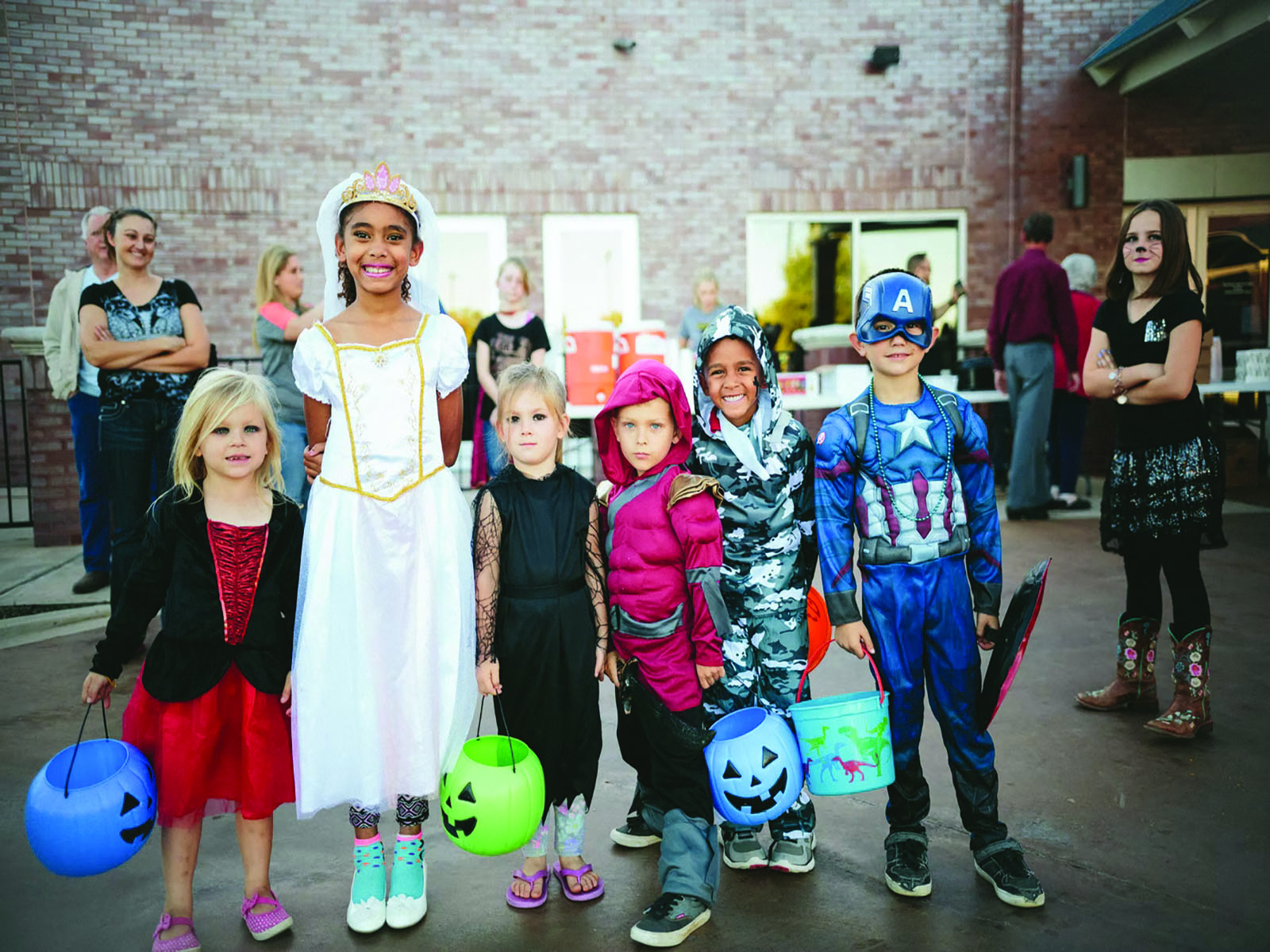 Children in their dressing up costumes, ready to go trick or treating
Children in their dressing up costumes, ready to go trick or treating
Shopping centres and town squares put up a 'Pasaje del Terror' - 'Walk of Terror' free of charge, or other amusements to mark the occasion; these are open for several days in the run up to the 31st and on the big day, many have costume competitions for children to compete in.
However, Halloween was not always like this. Until only a couple of decades ago, the only special day at this time of year was All Saints Day on 1st November. If people spent the evening of 31st October doing anything special, it was most likely to be in preparing for the following day, which was a far more sombre occasion. Marking the place of a loved one in a cemetery with flowers and gathering to remember happier times has been a tradition since as far back as anyone can remember. For Andalucians who live in the city, this may be an occasion to return to their family's village to mark the day with other family members. In churches, a special mass is held in remembrance of those departed and churches are also filled with flowers. It's a family day and a day for remembrance.
El día de Todos los Santos is still respected in Southern Spain, although its importance has paled somewhat in comparison with the excitement of Halloween. The 1st of November is a festivo (bank holiday) for this reason, and not as you might suspect, because the kids struggle to get up and go to school after a late evening trick and treating!
Of course, each season and special day has its traditional food and especially in Northern parts of Spain this time of year is associated with eating a popular traditional autumnal food - chestnuts (castañas). At this time of year you will see stalls in the streets offering cones of roasted chestnuts all around Andalucia. There are also some sweet treats on offer which you may see for sale or be offered by a neighbour.
Buñuelos de viento are dough fritters filled with custard, cream or chocolate (when you eat a buñuelo, a soul is released from purgatory, or so they say),
Huesos de Santo (saints’ bones), which are marzipan “fingers” which do actually look as though they have been cut off a ghoulish hand, although we are assured that they have been around a lot longer than the modern Halloween in Spain.
A long standing tradition is the “Tostón”, which is an event held in several villages during the weekend before 1st November or on Halloween itself. Roasted chestnuts are eaten, sometimes with bacon or raisins, all washed down with some local wine.
 You know the autumn has arrived when you smell the chestnuts being roasted in the streets
You know the autumn has arrived when you smell the chestnuts being roasted in the streets
So why is Halloween so popular in Spain? Perhaps it is the love of dressing up which has captured the imaginations of the people, especially the children.
But if you are not keen on purchasing kilos of sweets and answering the door to trick and treaters this Halloween, what kind of entertainment can you expect to find if you head into town? Several cemeteries arrange Halloween themed treasure hunts, some towns have Halloween window display competitions and you could always try to escape the spooky costumes and demands for “chuches” (sweets) by heading to a bar and leaving your home in darkness!


 Danish
Danish Dutch
Dutch French
French German
German Spanish
Spanish
